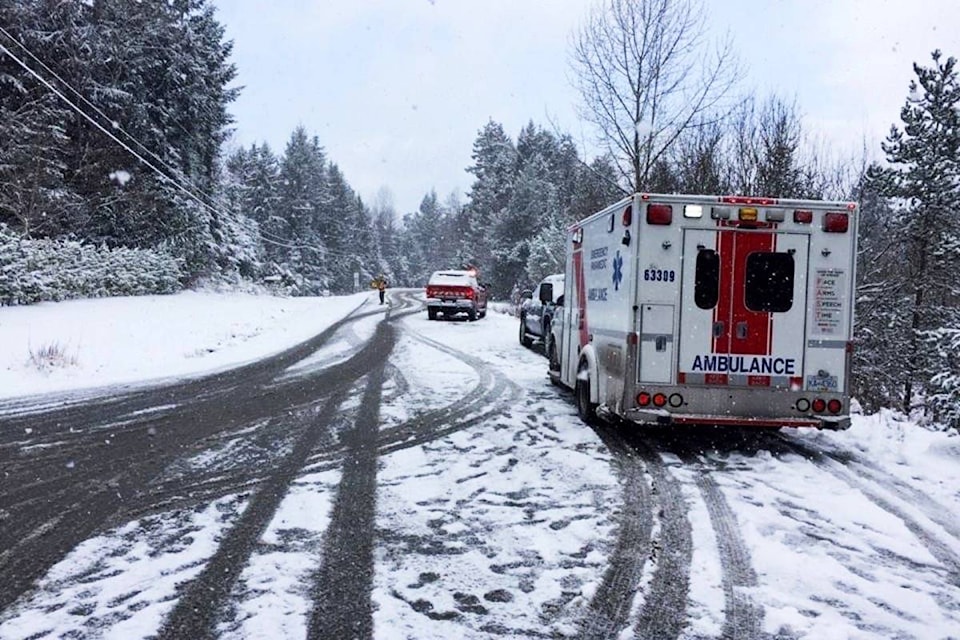Faster response times and more coordination between first responders are needed to improve patient care, B.C.’s auditor general says.
In her report released Wednesday, Carol Bellringer said B.C. Emergency Health Services is undergoing a major change to better deliver care, but response times are still sometimes too long and coordination between paramedics and fire departments need to be better.
READ MORE: B.C. 911 call-taker gets rare glimpse of what happened after call
The audit, for the period running April 2016 to December 2017, says ambulances in urban areas reached their nine-minute response time target on 50 per cent of life-threatening calls. Meanwhile, responses in rural areas reached their 15-minute target 79 per cent of time, and the 30-minute target in remote areas was achieved 77 per cent of the time.
When emergency response-time targets are not met, Bellringer said, patients may not be receiving care when they need it.
Bellringer said paramedics work with fire departments, often arriving to the same scene. But due to paramedics being employed by the province, and fire departments falling under city jurisdiction, communication is often uncoordinated.
READ MORE: B.C. paramedic aims to save lives with multi-language translation book
BC EHS has been hiring more paramedics and buying more ambulances since 2017. Officials have also been pursuing alternatives to traditional emergency response – going to a patient and taking them to an emergency room.
But data from 2018 indicates only a slight improvement in urban response times on calls to 51 per cent.
The service is now looking into providing medical advice over the phone, transporting patients to health clinics instead of hospitals, and having paramedics provide treatment inside homes, specifically for people with chronic illnesses.
READ MORE: One in five 911 calls are ‘non-emergencies’: E-Comm
READ MORE: B.C. paramedics to be trained in at-home care for seriously ill, end-of-life patients
At least 19 cities have no agreement in place between fire and ambulance, the report says.
The agreements that do exist do not include specifics on the types of calls that first responders will attend, who’s responsible for oversight, or how data-sharing works.
Bellringer said support from the province is needed to improve coordination, which would help overall patient care, information sharing and consistency in medical standards.
Black Press Media has reached out to BC EHS for comment.
SERIES: Our Critical Care investigation into problems in emergency health services in B.C.
- with files from The Canadian Press
@ashwadhwani
ashley.wadhwani@bpdigital.ca
Like us on Facebook and follow us on Twitter.
